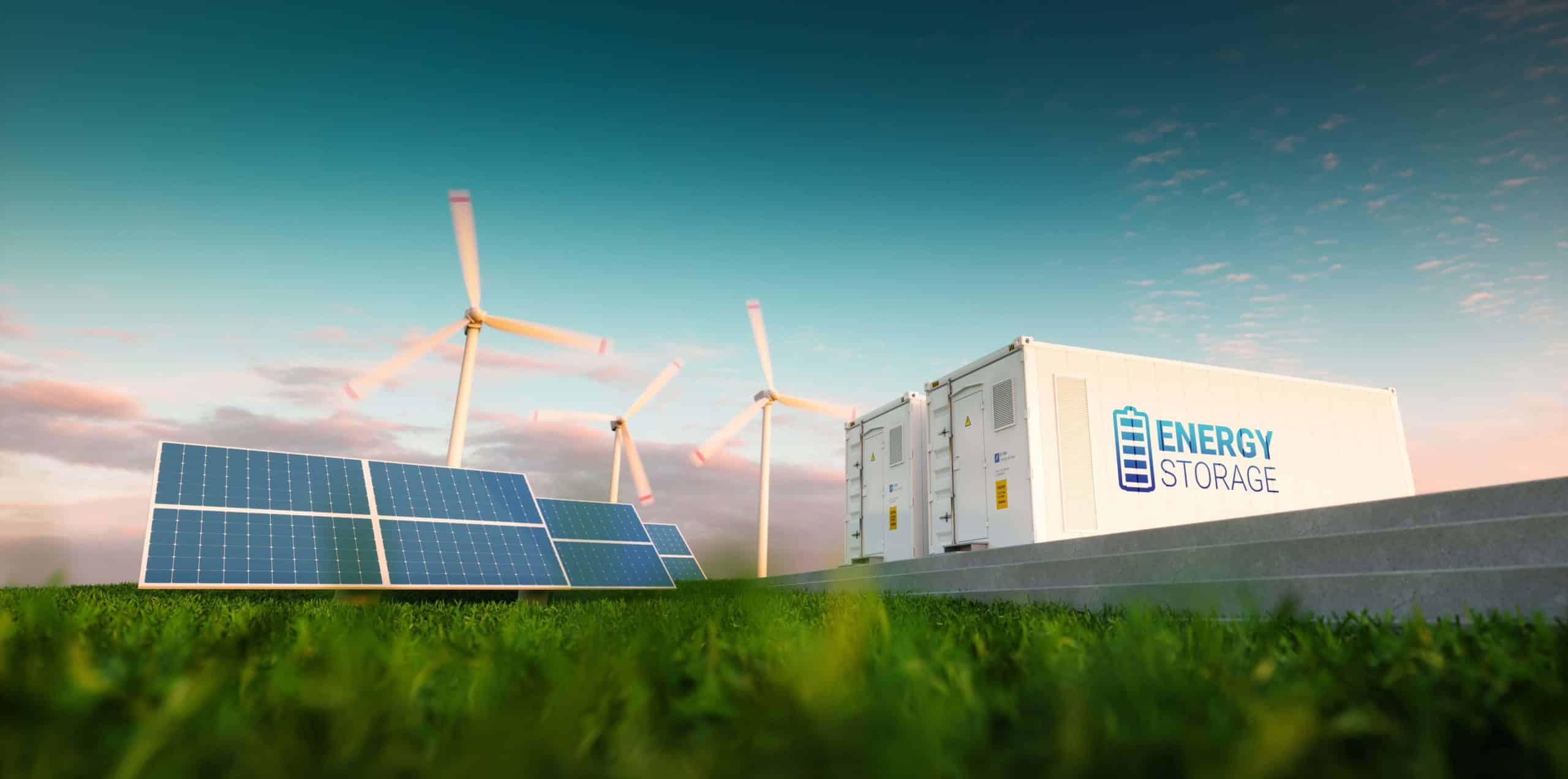- February 21, 2022
- Perspectives, Trending Topics
Savvy Ways to Help Fund Battery Energy Storage Systems (BESS)

In part three of our three-part series, our BESS experts cover the federal, state, and local incentives that can reduce the costs of BESS projects.
Funding Your BESS Project with Federal, State, and Utility Incentives
Like the incentives offered to spur the construction of solar developments, there are financial options available to owners to help reduce the cost of battery energy storage systems.
At the federal level, an extension of the incentive tax credit (ITC) available to solar developments can now be applied to energy storage systems that are charged by at least 75% renewable energy. However, the full value of the ITC is for projects wholly charged by a renewable resource and is not available for standalone energy storage projects. The ITC currently offers a dollar-for-dollar income tax credit worth 26% of the construction and development costs of the project. Starting in 2023, the value of the ITC will be reduced to 22% of eligible costs and will be further reduced in 2024 to a permanent 10% for commercial and utility scale projects.
At the state level, incentives vary. Some states, like New York, have ambitious goals for establishing renewable energy (70% by 2030) and have incentives for both solar and storage to encourage the development required to meet those goals. The Database of State Incentives for Renewables & Efficiency provides resources on state and local policies and incentives for developers, policymakers, researchers, and the general public. National Grid’s Connected Solutions program offers incentives in Massachusetts, New York, and Rhode Island.
At Kimley-Horn, we’re knowledgeable about solar, wind, and energy storage, but we are not tax experts. Tax codes are complicated, so please work with your tax advisor to determine your eligibility to receive tax incentives for solar and storage.
Local Partners Are Your BESS(T) Bet
BESS is still a relatively new, rapidly evolving technology and as experts in renewable energy developments, we’ve helped developers and engineering, procurement, and construction contractors as they navigate the process of adding BESS to a site. Since requirements and conditions vary, including the right local partners on your team to guide you through permitting, electrical, and structural can save you from costly schedule delays.
To learn more about BESS for your project, read our posts about BESS site requirements and BESS entitlements and permitting.
About the Authors

Chris Hanna
Chris is an electrical engineer focused on the design of power distribution systems for commercial scale solar PV, BESS, and EV charging facilities. His technical expertise includes electrical power systems design, lighting design, cellular/telecommunications design, and electrical/communications utility coordination.

Nick Lamek, PE
Nick is a professional engineer focused on civil site development for Solar PV and BESS facilities. He has worked on over three gigawatts’ worth of Solar Generation and BESS facilities over the past five years in 15 states across the country. His specialties include site planning and layout, grading design, drainage design and stormwater management.

Jon Manning, PE
Jon is a professional engineer and project manager focused on structural engineering in the renewable energy industry. His specialties include foundation design, soil-structure interaction, value-engineering, concrete, and steel design. Jon has extensive experience working on utility-scale solar, wind and battery storage projects across the country. He is also a member of the ASCE Technical Administrative Committee focused on Solar PV Structures.
